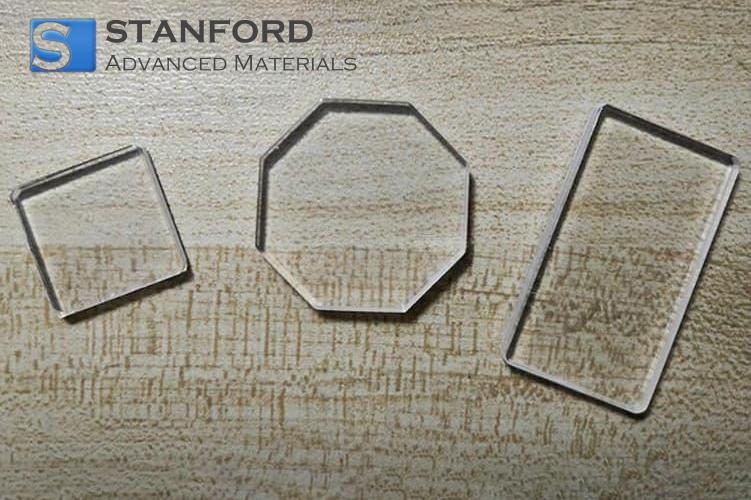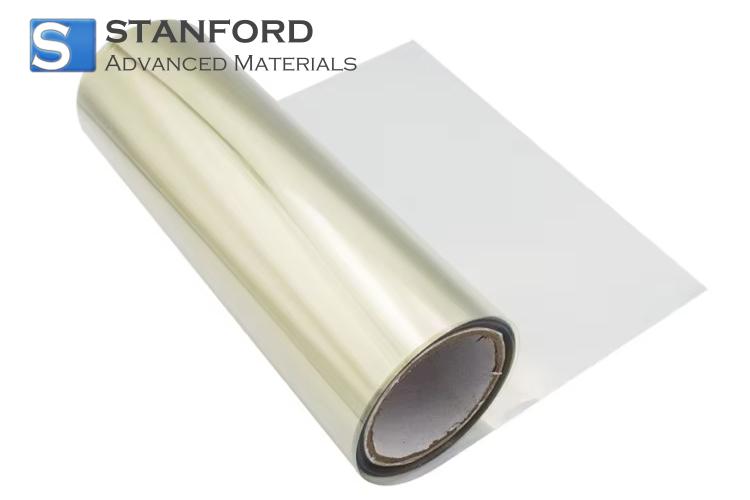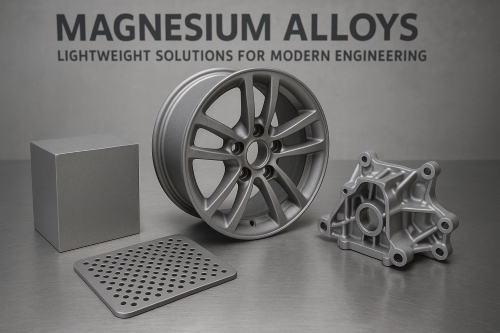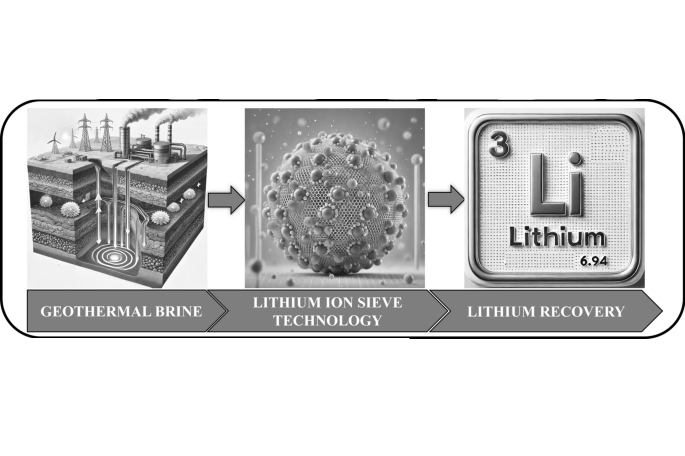A Beginner's Guide to Mounting Magnets
Introduction
Mounting magnets are straightforward yet powerful magnetic devices. They secure objects without the use of nails, screws, or welding. They are particularly useful when an adjustable or temporary fix is required. These magnets employ high force to secure items.
What Are Mounting Magnets?
Mounting magnets are used to keep items adhered to ferrous surfaces. They come in various styles to suit different applications. They achieve magnetic strength from specifically chosen materials. This enables them to remain in place under a wide array of conditions.
Types of Mounting Magnets: Adhesive, Threaded, Countersunk, and Base Magnets
Adhesive Mounting Magnets: Easy Installation onto Surfaces
Adhesive mounting magnets are popular due to their ease of use. They come with a strong adhesive backing that sticks to metal, plastic, or even glass. These magnets are primarily used for light to medium-duty applications, such as fixing signage or fitting light fixtures. Most customers appreciate the quick fixing and mark-free removal.
Countersunk Mounting Magnets: Secure Fixing with Screws
Countersunk magnets require additional hardware for proper mounting. They are screwed into a surface and remain level with the contact plate. This type is popular when a discreet appearance is required. They are commonly used in machinery or on panels where vibration might be a concern. The secure method of fixation also renders them reliable in high-usage environments.
Threaded Magnets: Adjustable and Reusable Mounting
Threaded magnets feature a screw thread in the middle. They enable gradual attachment and detachment of fixtures. The design allows for easy adjustment, and repeated use does not weaken the magnet's effect. Threaded magnets are applicable in test fixtures and arrangements that require redesigning periodically for various engineers and technicians. They are adaptable and thus represent a useful choice for custom and prototype work.
Base Magnets with Holes: Versatile Mounting for Industrial Use
Base magnets come with pre-drilled holes or allow for the addition of fasteners. Their design supports industrial applications where customization is necessary. They can be bolted to heavy equipment or affixed to larger systems. This variety is particularly useful when the surface to which they will be mounted is uneven, or when additional strength is required. Several industrial projects currently in development have relied on these adaptable base magnets to secure critical components in place under demanding conditions.
Applications of Mounting Magnets
Mounting magnets have numerous industrial and everyday applications. They are heavily utilised in automotive work, where parts need to be temporarily fixed in position for repairs. For instance, in an automobile workshop, mechanics use adhesive mounting magnets to hold small parts in position during assembly. In laboratories, mounting magnets maintain devices in position. They also have practical uses at home. For example, to hang a light object on a freezer or metal door, a simple adhesive magnet will suffice.
Factory floors also benefit from mounting magnets. On assembly lines, magnets consistently hold jigs or parts in place to ensure uniform quality. The ease of removability and repositioning contributes to maintaining a smooth workflow. Where vibration could cause parts to shift, countersunk or threaded magnets are preferred for their strong hold.
Hanging magnets in the display and signage industry are used to suspend metal panels onto walls or buildings without permanently damaging them. The convenience of relocation is especially valuable in temporary displays or promotional exhibits. Easy removal and mounting is viewed as one of the greatest advantages of mounting magnets by most experts.
Even in electronics, there is a use for these magnets. They are often utilised in holders and assembly fixtures as they are reusable and can be readjusted. Mounting magnets provide a straightforward solution to most mounting problems, ranging from small repair work to industrial processes.
The advantages of mounting magnets include flexibility, ease of fitting, and the capacity to adjust the holding position if required. They are designed for easy substitution or relocation without any damage to the mounting surface. Their use emphasises efficiency and a tidy finish without the mess of other mechanical fasteners.
Conclusion
Mounting magnets provide a convenient and strong solution to the majority of mounting and holding applications. They come in a range of forms, from the simplest adhesive type to the highly resilient threaded and countersunk versions. The materials used provide suitable combinations of magnetic strength and durability. Their applications range from automotive body repair to industrial manufacturing and even home DIY projects.
Frequently Asked Questions
F: What are adhesive mounting magnets best suited for?
Q: They are suitable for light to medium-duty uses, such as the mounting of signage or small panels.
F: What type of mounting magnet offers adjustable positioning?
Q: Threaded mounting magnets offer adjustable and reusable mounting.
F: How can one protect a magnet if used outside?
Q: Use magnets with protective coatings, such as nickel or epoxy, to prevent corrosion.

 Bars
Bars
 Beads & Spheres
Beads & Spheres
 Bolts & Nuts
Bolts & Nuts
 Crucibles
Crucibles
 Discs
Discs
 Fibers & Fabrics
Fibers & Fabrics
 Films
Films
 Flake
Flake
 Foams
Foams
 Foil
Foil
 Granules
Granules
 Honeycombs
Honeycombs
 Ink
Ink
 Laminate
Laminate
 Lumps
Lumps
 Meshes
Meshes
 Metallised Film
Metallised Film
 Plate
Plate
 Powders
Powders
 Rod
Rod
 Sheets
Sheets
 Single Crystals
Single Crystals
 Sputtering Target
Sputtering Target
 Tubes
Tubes
 Washer
Washer
 Wires
Wires
 Converters & Calculators
Converters & Calculators
 Write for Us
Write for Us


 Chin Trento
Chin Trento



